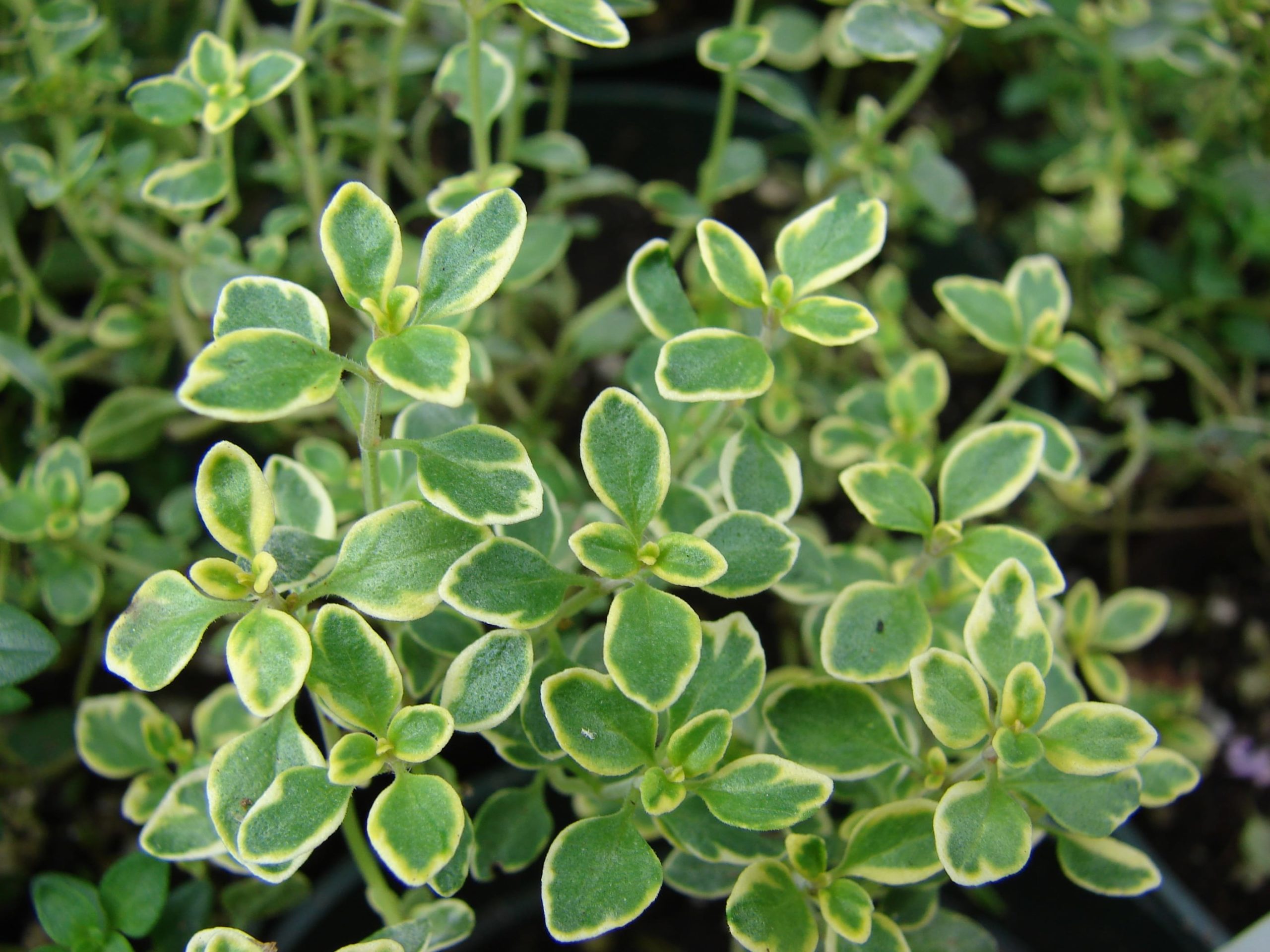

Lavender thyme, also known as Thymus vulgaris thracicus, is a hardy perennial plant that has a strong scent of lavender (hence the name). While most thyme species have small, flat, green leaves, Lavender thyme produces needle-like leaves with a light green color. Lavender thyme is a bit different than the varieties we’ve looked at so far. For instance, thyme can boost immunity, prevent bacterial infections, help with acne, and lower blood pressure. There are numerous health benefits that come from adding Common thyme to your diet. Its flavor is sweeter than sage and more spicy than oregano. Common thyme usually grows 8 to 12 inches tall.ĭue to its strong aroma, Common thyme is often added to various dishes, stews, and soups, and is also used to make essential oils. This is why it can be used to decorate rock gardens and gaps in patios. It thrives in USDA hardiness zones 3 through 8 and spreads rather quickly. Although this thyme is primarily used for culinary purposes, it is also a great addition to gardens because it produces beautiful purple flowers. Thymus vulgaris, otherwise known as Common thyme and English thyme, is a low-growing shrub with flat, angular, fragrant green leaves.
Thyme vs lemon thyme full#
It grows between 6 to 12 inches tall, and it requires full sun to grow and thrive. It also produces tiny pink flowers that can attract pollinators and beneficial insects to your garden, and even keep deer at bay!Īnother great thing about this variety is that it can grow in most hardiness zones. Not only is your garden going to look amazing, but it will also have a fresh citrusy smell! However, its tiny leaves look absolutely adorable, which is why this variety is often grown for ornamental purposes. This is why this thyme is perfect for cooking and adding to salads or smoothies. This thyme is not called lemon for no reason – its fragrance and taste is reminiscent of refreshing lemons! Lemon thyme (Lemon x citriodus) is a small plant suitable for growing in rock gardens, herb gardens, as a ground cover, and also in pots and containers. This is a popular choice because it is easily cultivated indoors. The plant is compact and grows up to 12 inches tall.

However, it’s quite often grown as an annual plant. It’s because this thyme has a mild and sweet flavor that is just perfect for a variety of meals.įrench thyme grows best in USDA hardiness zone 6. vulgaris narrow-leaf French, this is a type of thyme primarily grown for culinary purposes.

French ThymeĪlso known as Summer thyme or T. Now, let’s go through some of the prettiest and tastiest types of thyme! 1. Don’t worry, creeping thyme won’t harm your other plants. However, you should be careful as some types tend to become invasive, such as creeping thyme.

When it comes to the soil conditions, they only need well-draining soil. These plants absolutely love full sun, though they can tolerate part shade. Most of them don’t like hot and humid summers or overly wet conditions. These herbs usually grow best in zones 5 through 9. As a companion plant, Lemon Thyme grows well with cabbage, onions, roses, and salad burnet so why not give it a go in your garden it will soon become a favourite addition to your cooking.First of all, you shouldn’t pick a specific thyme cultivar simply based on aesthetics – you have to take into account the USDA hardiness zones in which thyme can thrive (unless you are growing herbs in pots indoors). Avoid overwatering as Lemon Thyme hates wet feet which makes it unsuitable for heavy clay soils. Lemon thyme loves a good chop so prune away the older growth to keep the plant vigorous and healthy. It has a spreading habit and will take root as it spreads which makes it easy to propagate more plants as needed. This makes it a great plant for sunny rockeries or container planting as it is a very attractive plant. Lemon Thyme is very easy to grow, it prefers to be grown in well-drained neutral to alkaline soil in an open sunny position. It also makes a great addition to herbal teas as it has anti-bacterial properties so is a very useful natural remedy to help relieve sore throats and chesty coughs. It smells absolutely heavenly when it hits the heat. Use it in marinades for meats for grilling. The leaves can be used in any dish that calls for regular thyme or the addition of citrus and works particularly well with chicken, fish, and vegetables, particularly mushrooms. The leaves have the smell and flavour of common garden thyme but with the added bonus of a zingy citrus hit. It’s an easy-to-grow perennial with aromatic glossy green diamond-shaped leaves and pretty soft lilac flowers in spring and early summer. Lemon thyme is one of my favorite herbs in the garden.


 0 kommentar(er)
0 kommentar(er)
